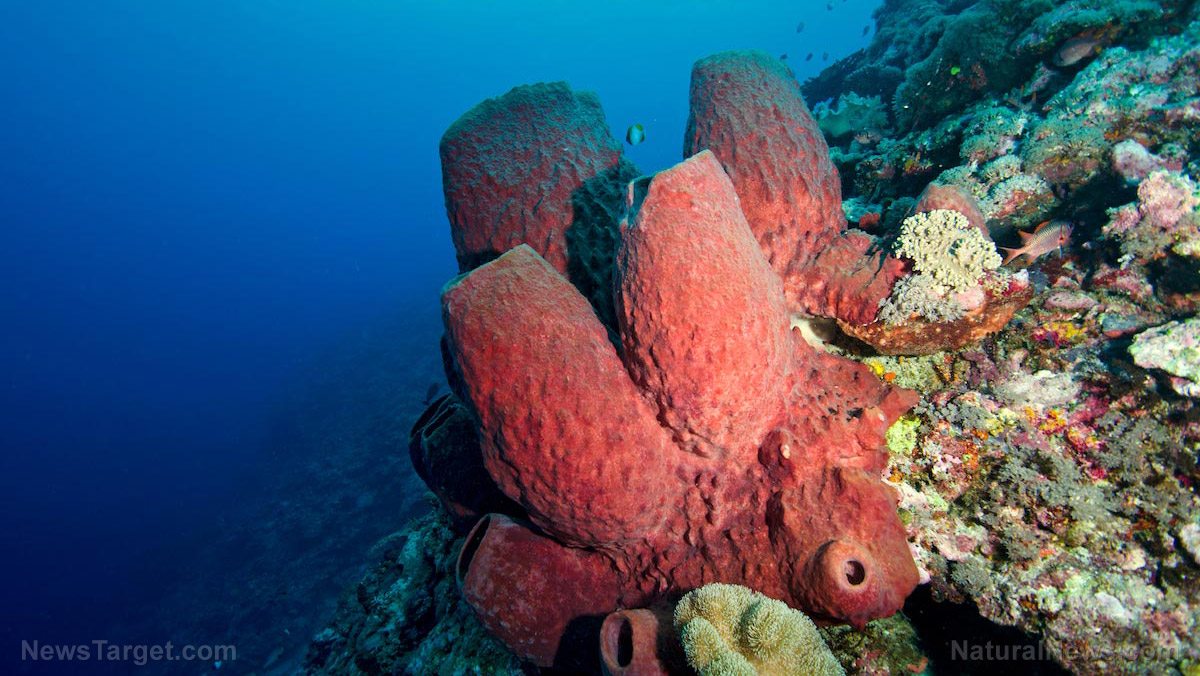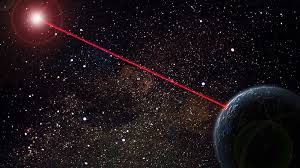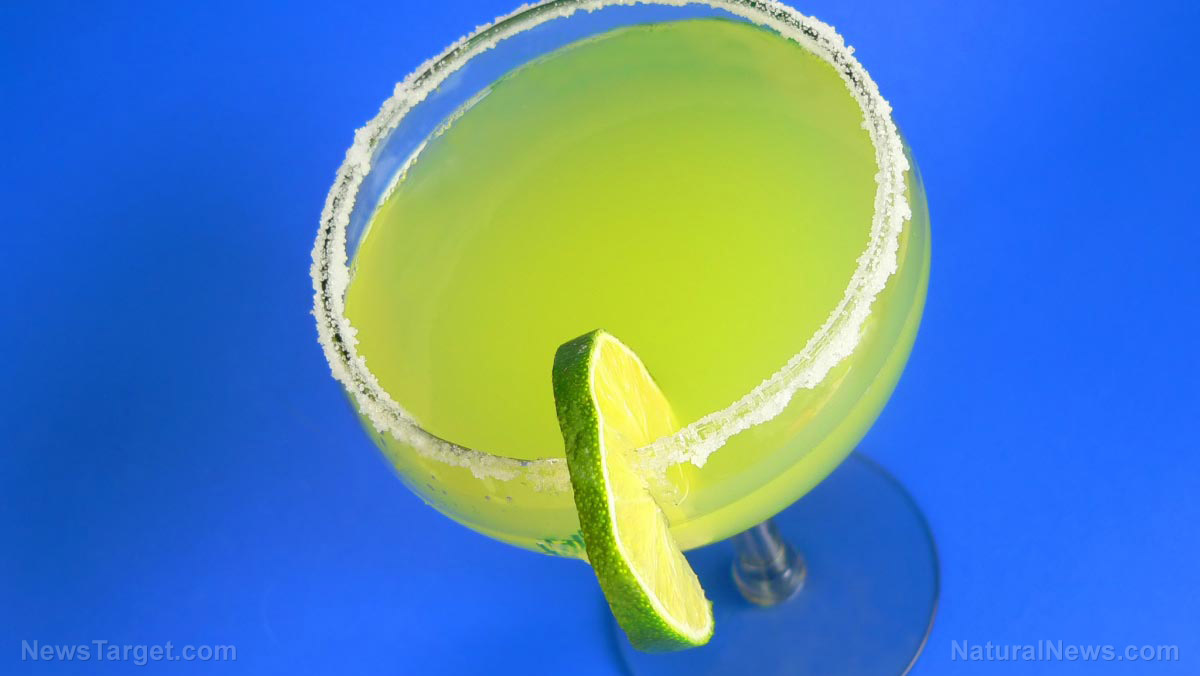
New sea sponge species discovered with underwater photography and DNA sequencing
Turner and Lonhart gathered small samples of the sponges and examined them at their lab in UCSB. They used a mix of underwater photography and DNA sequencing to analyze the sponges. Aside from the sponges' DNA, the pair also considered their form and structure. They determined that some of the species are endemic or native to the Carmel Bay region. Once the pair confirmed their findings, they got the privilege of naming the creatures. One of them was named Megaciella sanctuarium, named in honor of the marine sanctuary. Another sponge was named Haliclona melissae, after Turner's partner, Melissa Kamen. A bright white and fluffy sponge was named Xestopongia ursa for its similarity to a polar bear. Lonhard named one sponge Hymdesmia promina for having a lot of tower-like projections over its body, which made it look "like a unicorn." "For a geeky scientist like me, it’s a really cool thing to see," Lonhart said. Scientific descriptions of the discoveries were published in a research paper titled "The Sponges of the Carmel Pinnacles Marine Protected Area" authored by Turner and Lonhart. Follow Discoveries.news for more news about the latest scientific discoveries. Watch the video below to know more about sea sponges. This video is from the Tomorrow's World Viewpoint channel on Brighteon.com.More related articles:
Marine life is thriving on the Antarctic sea floor, even after being trapped under the ice for 50 years. Scientists accidentally discover life 3,000 feet under Antarctic ice. Killing the cure? Deep sea habitats hold promise for human health solutions but are being decimated by pollution. Sources include: DailyMail.co.uk SFGate.com MontereyHerald.com CBSNews.com Brighteon.comChinese military says it just achieved “huge breakthrough” in laser weapon technology
By Ethan Huff // Share
Gov. Gavin Newsom used taxpayer money to fund Chinese-backed biolab operations in California
By Laura Harris // Share
Young protesters use traffic cones to paralyze self-driving cars in San Francisco
By Laura Harris // Share
Maui wildfires burn historic town of Lahaina, kill over 90 Hawaiians with hundreds still missing
By Kevin Hughes // Share
North Korea advances nuclear submarine program as Kim Jong Un oversees missile tests
By kevinhughes // Share
USCIS touts historic immigration enforcement under Trump administration
By willowt // Share
Nvidia strengthens AI dominance with strategic Groq talent acquisition and licensing deal
By kevinhughes // Share
Landmark study links even light alcohol use to soaring mouth cancer risk
By avagrace // Share











